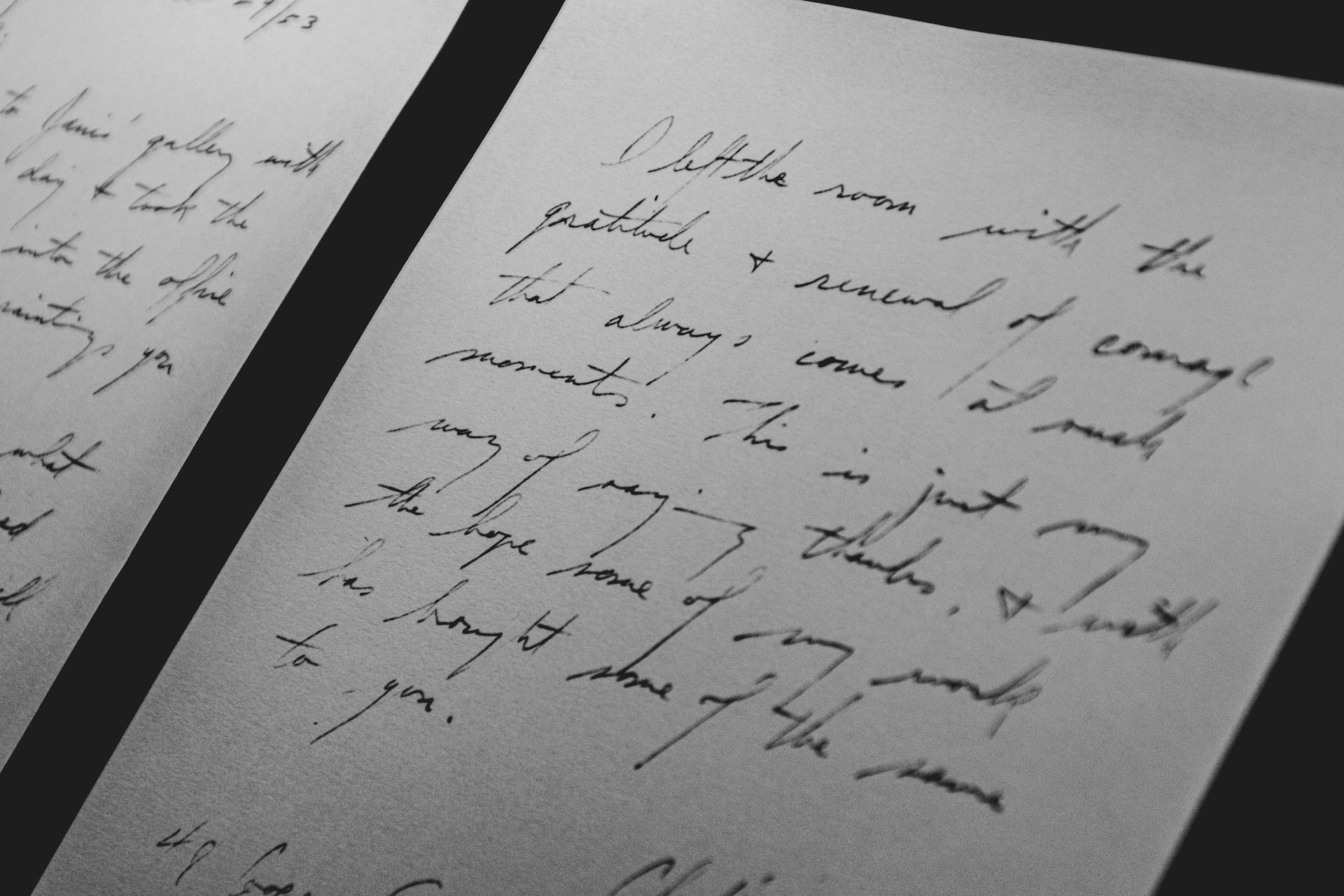Share This Article
ChatGPT creators introduce a tool to identify the author of the text
The company OpenAI, which is the author of ChatGPT, has introduced a new development. The tool is a classifier that helps identify content generated by artificial intelligence.
AI training in the new classifier was based on a comparison of two texts on the same topic. To use it, you need to put the content in a special field. After a few seconds, the service returns the result: “unlikely”, “incomprehensible” or “probably created by AI”. The developers of the tool note that their product is not yet very reliable, and the result should be independently verified. Before using the classifier, its creators recommend getting acquainted with the product’s features:
- the amount of text to be checked must be at least 1000 characters;
- the service cannot always correctly identify the author of the text – it is AI or human;
- the classifier can be easily fooled if a human edits the content created by artificial intelligence. In that case, the service will not be able to determine who wrote the text reliably;
- the result will be inaccurate if text written by a child is checked through the classifier.
In addition, the service identifies content that is written only in English. This is because the AI was trained on English texts that were written by adults.
So far, the validity of the tool needs to be higher. Journalists at The Verge tested several of their own texts and AI-generated content. The results were not accurate in the case of AI authorship – the classifier rated such content as unlikely to have been created by AI.

OpenAI notes that their tool is not only designed for use within ChatGPT, but it can also identify texts from different AIs. According to the official results of tests by the developers of the service, the classifier correctly identified the authorship of the AI in 26% of cases. In variants with text written by humans, 9% of the checks had errors.
It should be noted that the classifier from OpenAI is not the first project of its kind. Many companies are engaged in creating this kind of service. The popularity of such products increased significantly after the appearance of ChatGPT. For example, Edward Tian created the site GPTZero, which has similar functionality to the classifier.
The development of ChatGPT caused a lot of controversy in the Internet community. This tool has become popular primarily with university students as an assistant in the educational process. This situation has forced many teachers to advocate a ban on the use of AI in educational institutions. Their main argument is the difficulty of identifying works written by ChatGPT and students. To make things easier for teachers, OpenAI decided to develop a classifier. However, in practice, its use is not yet feasible due to the high probability of verification errors.

